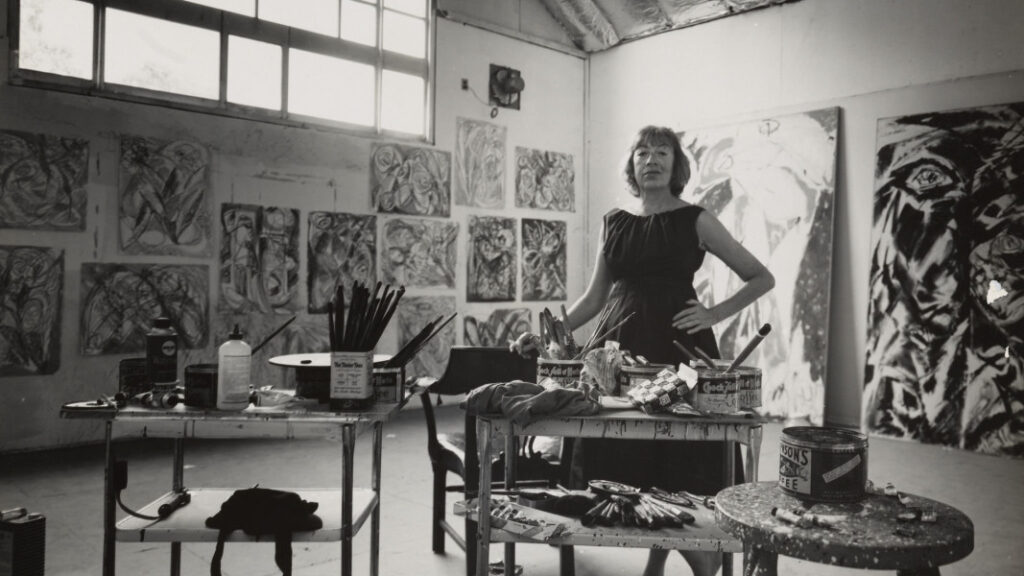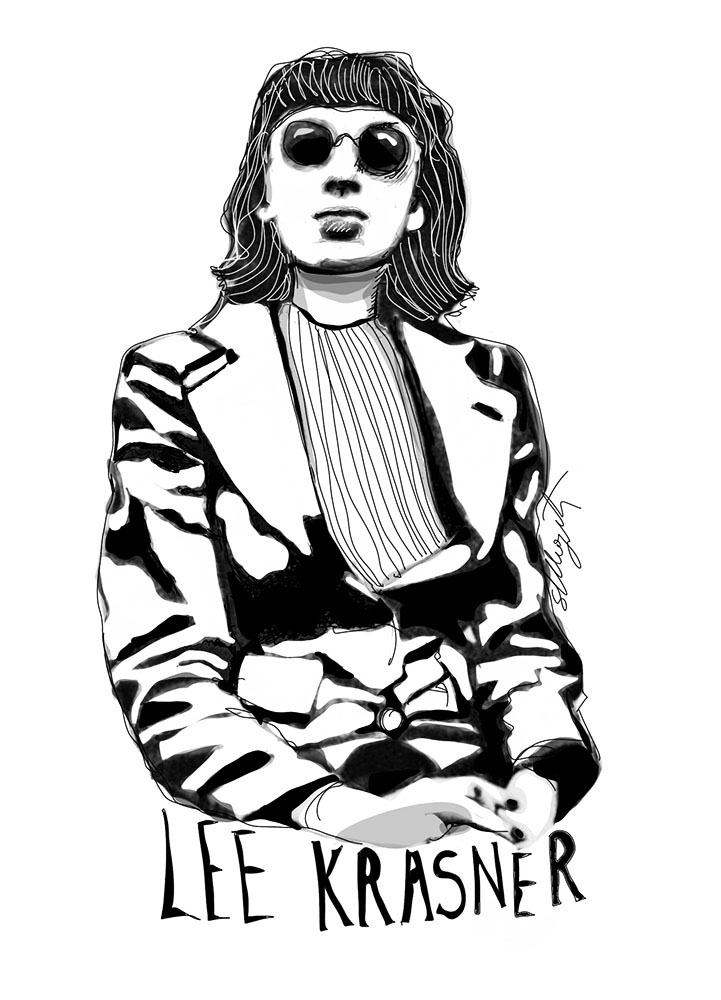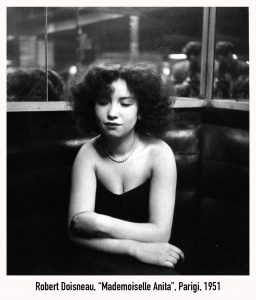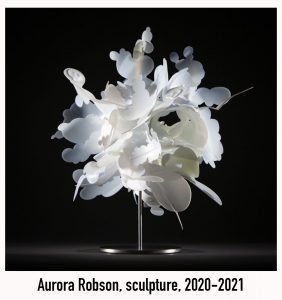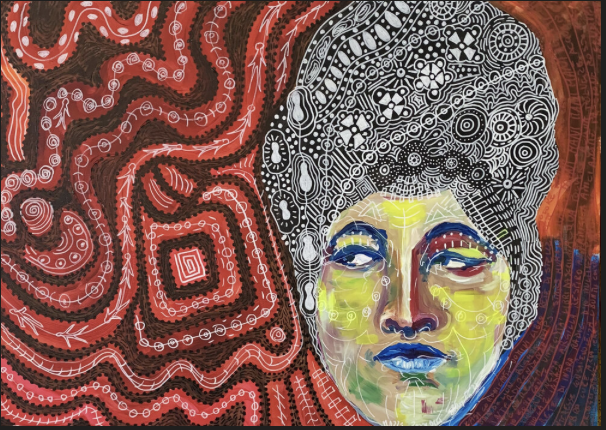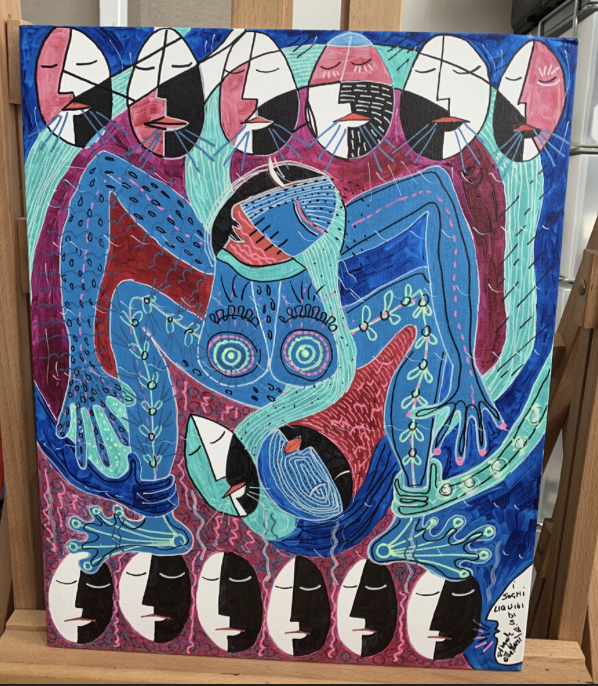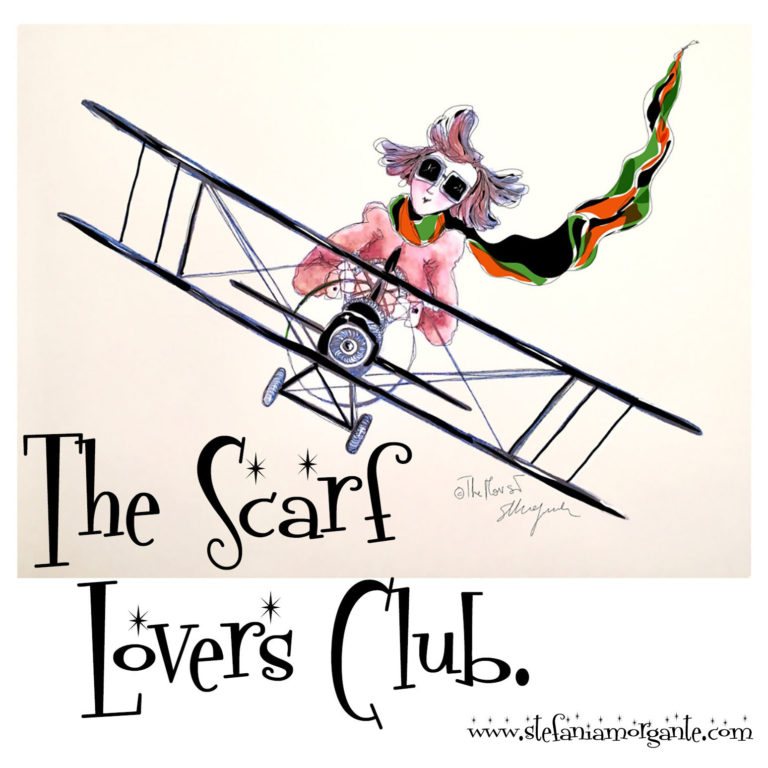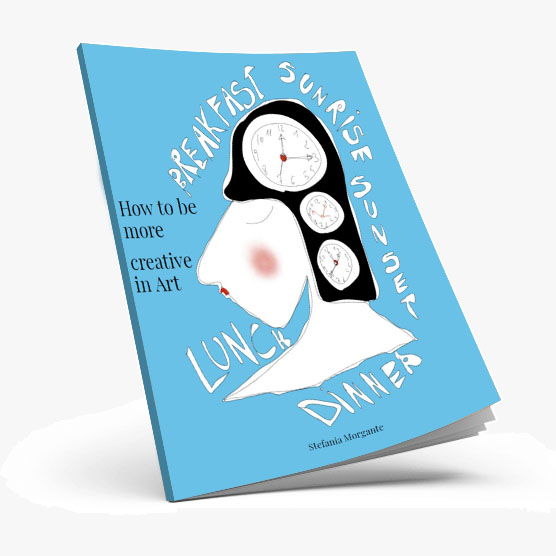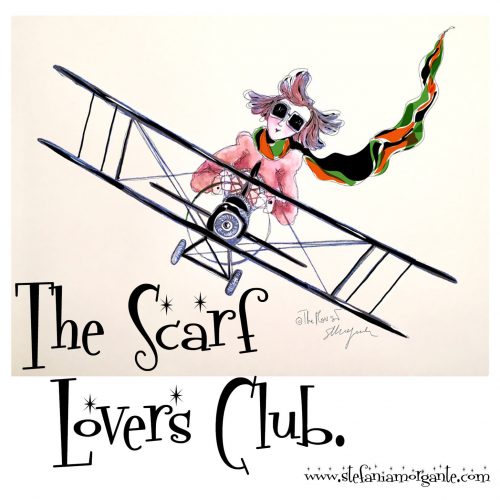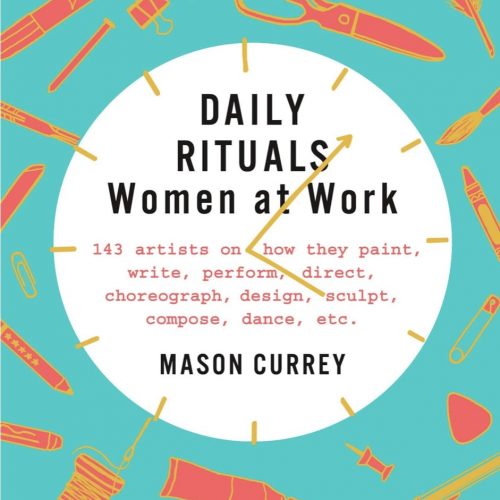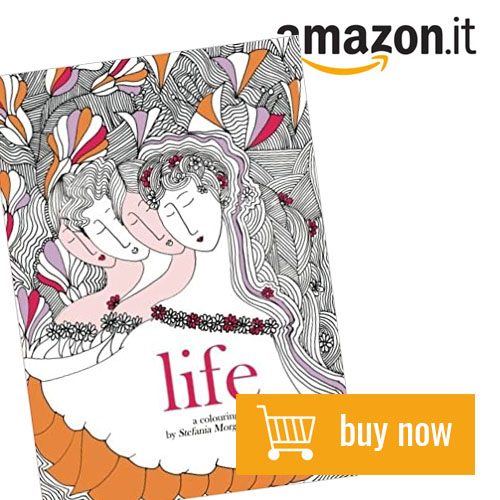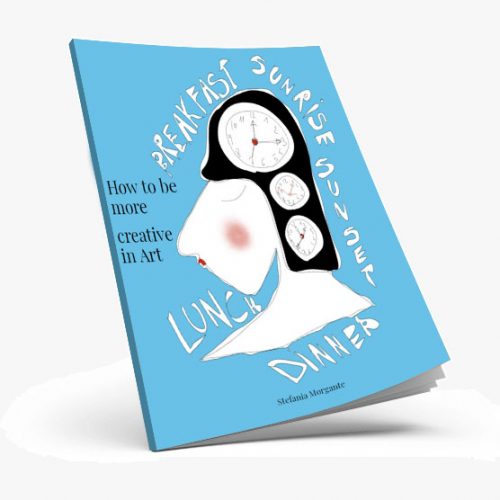Artistic exploration and stylistic codes.
| „With Jackson there was quiet solitude. Just to sit and look at the landscape. An inner quietness. After dinner, to sit on the back porch and look at the light. No need for talking. For any kind of communication.“ Lee Krasner Nine years ago, in the MoMA class where we studied the pictorial techniques of abstract expressionism and action painting, we promised ourselves that we would study women artists to whom little space had been given in the handouts given to us. We did more, we European and American women, we asked for a special class on women in contemporary art. Obviously time passed and nothing was done about it, even MoMA did not consider it so fundamental to give space to female genius. I made a promise to myself, to study them, to turn a spotlight on them in my small studio in a remote region. On October 27, 1908, Lee Krasner was born in Brooklyn. Just today. Actually Lenore Krasner, which she abbreviated to Lee, declined to the masculine definitely easier to be accepted. From a family of Russian Jews who escaped anti-Semitism and the Russian-Japanese war. A student of Hans Hofmann, she studies art, graduates, and has an excellent resume. She works as a waitress and does not give up despite the difficulties of the period (we are in the Great Depression). But how do you keep your balance and develop your talent by marrying Jackson Pollock in 1945? Pollock is a genius, but he is also an alcoholic, irascible, womanizer, egocentric, changeable and succeeding in creating, giving space to her husband and his works, defending his perimeter and making himself known to the world, must have been very difficult. It was her idea to move two hours from Manhattan to what would later become the Pollock house-museum, and her idea for the Pollock-Krasner Foundation. Peggy Guggenheim approves and gives the down payment of three thousand dollars to purchase the legendary Pollock-Krasner house. A tenacious and strong-willed artist, she had her first solo exhibition ten years after Pollock’s death, in 1965. |
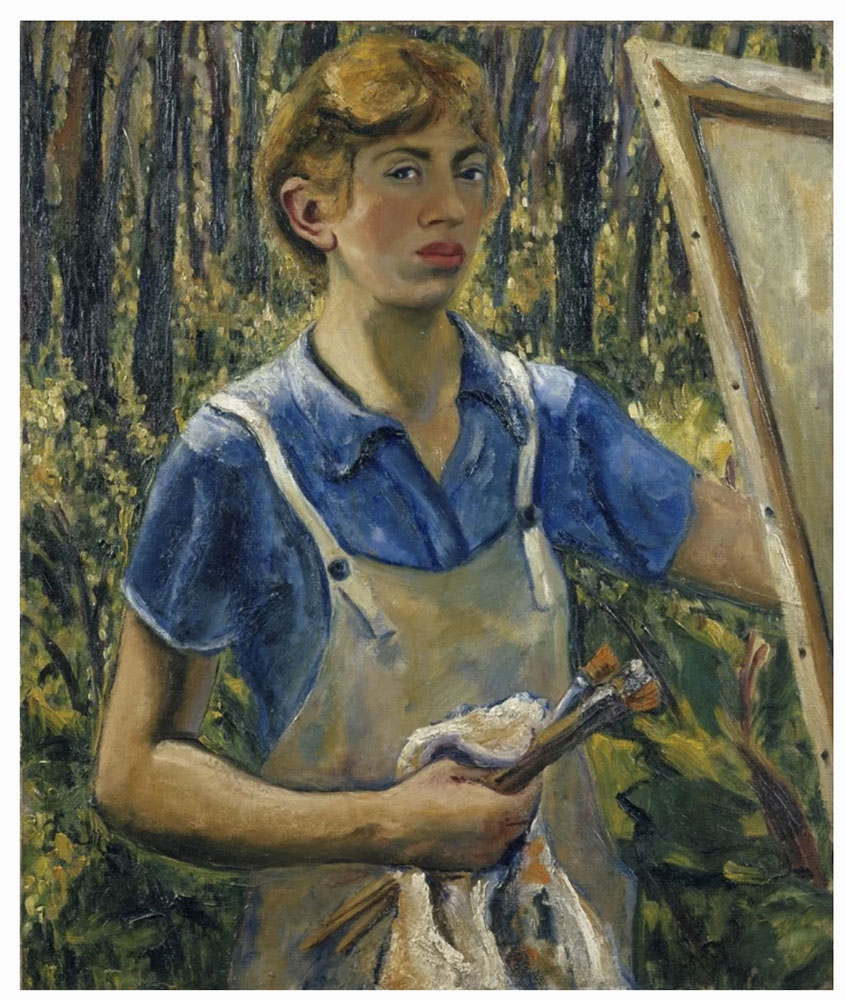
She actually had one in 1951 at the Betty Parson Gallery, but none of her work sold.
She didn’t keep a good memory of it.
An artist who would achieve notoriety late in her life.
An experimenter with collage, she said that “a canvas has to breathe and be alive. Being alive is the point.”
The space of the canvas is like an arena in which formal and coloristic dynamisms take place, not a surface on which to reproduce an object.
She makes a series of black and white drawings, she doesn’t like them, she shatters them.
Then intuition.
She uses torn sheets of paper, photographic paper and drawings that Pollock has discarded. She insists on this ensemble with strokes of color.
But she doesn’t stop at a style, she doesn’t want to be recognizable in just one.
She moves from dark to airy colors, from plastic to abstract images.
She resumes working even after the death of Pollock in the summer of 1956.
She is in Paris and receives the phone call of the accident where Pollock dies.
With difficulty, she returns to America and works at night.
She says, “I emerged again to life and color. Color is life.”
She locks herself in Pollock’s barn-studio, nails canvases directly to the wall, uses white and ochre.
She will have to wait until 1973 because New York, her city, dedicates a major solo exhibition.
Krasner’s key word is REBIRTH.
In life as in art.
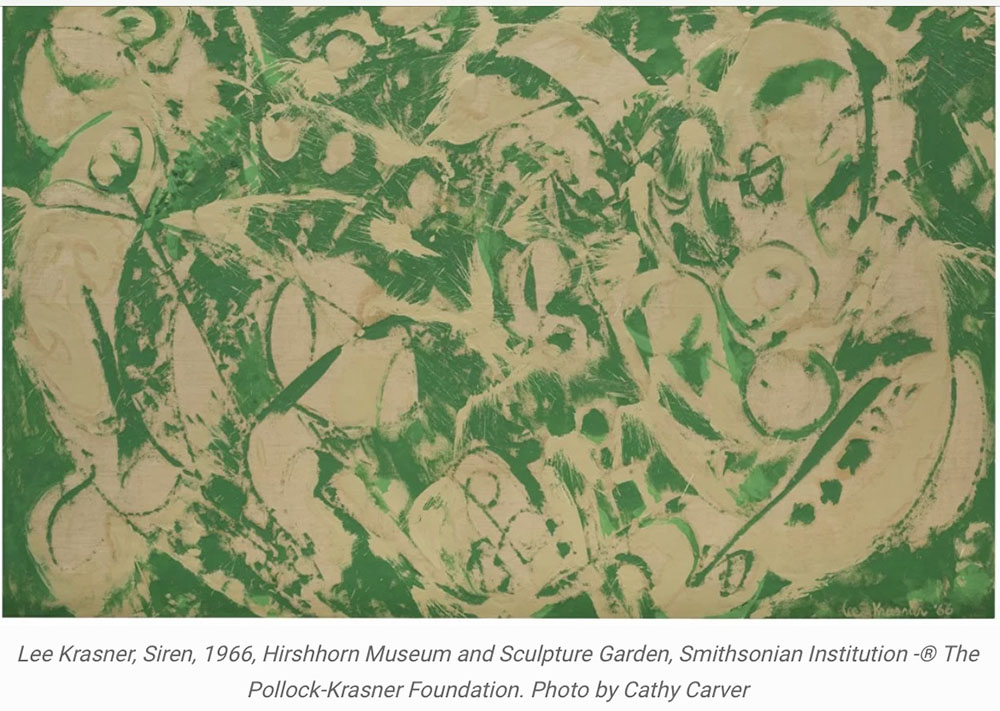
| And at the bottom of it all, she’s also anti-conformist. And she has a very rare concept of success. She has always said that it was good that the market always ignored her, because away from the pressures of critics and the institutional world, she was able to experiment and never repeat herself. This is what I love about Lee Krasner, the courage to experiment and the consistency of her path. Especially in these years where you are asked in every field to be recognizable and serial. The mind is addicted and if curators, gallery owners, museums, don’t understand what you are looking for, you are not a talented artist. A few pearls below to give you a sense of what the art world was and is all about: “This painting is so beautiful you would never say it was painted by a woman” (Hans Hoffmann, 1940s, great artist and Krasner master) “There is a tendency among some of these wives to rearrange their husband’s styles. Lee Krasner, Mrs. Pollock, takes her husband’s paint and glazes and changes his boundless, unrestrained lines into neat little squares and triangles” (Artnews, 1949, review of the exhibition Artists: Man and wife, New York) For her part, Krasner also said, “Love is a two-way street at all times. I would give anything to have someone give me what I was able to give Pollock.” Lee Krasner died in 1984. Six months later, MoMA takes her canvases back from the cellars and dedicates a retrospective. LEE KRASNER: “I was a woman, Jewish, widowed, a damn good painter, if you please, and a little too independent.” |
